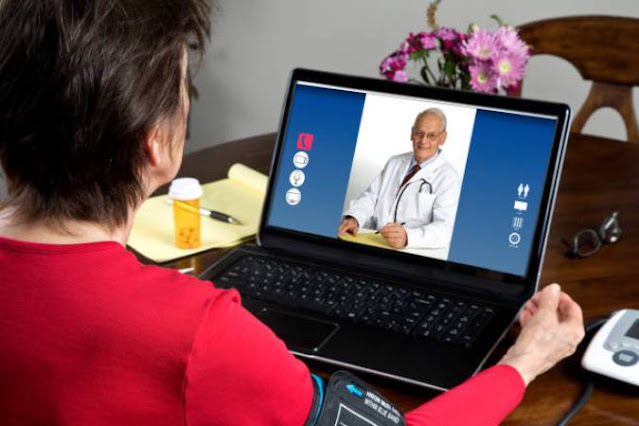Why is telemedicine necessary and how does it work

How has the patient experience changed before and after the COVID-19
pandemic? How have standard clinical processes been digitized? And why does
everyone benefit from telehealth?
In 1924, Radio News published a front-page illustration of a family
communicating with a doctor on television. At the same time, they not only
talked, but they also saw each other.
It was just a fantasy then, but already in 1997, the WHO first
registered the interpretation of such technology: telemedicine. It was not
released immediately, as remote consultations were an unprecedented
development. And, as is often the case with innovation, it has been met with
skepticism.
This approach was considered unreliable by patients and clinics, so
telemedicine services were scarce. But over time, this communication format
between patient and doctor became more and more used, and the events of 2020
caused a veritable boom in telemedicine.
Dramatic changes
The pandemic has dramatically digitized patient participation and
increased teleworking. Gartner reports that in the first 8 months of 2020,
virtual assistance requests increased 300% compared to 2019.
Patients are more likely to prefer online than offline consultations.
More than 70% of personal visits were canceled during the pandemic, and 76% of
patients said they were more likely to use telemedicine in the future,
according to McKinsey.
Your interactions with your doctor have changed dramatically in the last
year. Before the pandemic, medical consultations were mostly personal, so the
patient's journey looked like this:
Today, these steps have been greatly digitized and put online: there are
specific online forms and applications for scheduling a doctor's appointment
and collecting data, and medications are shipped via contactless delivery.
The coronavirus pandemic has prompted healthcare and IT service
providers to expand their solutions and create new ones. As a result, patients
take on new roles in telemedicine services and receive medical advice more
quickly and safely.
Telemedicine is also gaining popularity in Ukraine. Online consultations
are becoming common practice not only for private clinics in Ukraine, but also
for some public clinics. Two telemedicine centers are already operating in our
country, one of them was inaugurated at the end of 2020.
In recent years, new applications for remote consultation with a doctor
have appeared on the market, as well as online appointment booking portals. In
2020 alone, more than 400,000 Ukrainians downloaded one of these services.
Benefits for patients
Telemedicine enables you to provide quality medical advice faster and
safer. You don't have to queue to see a doctor and then spend a lot of time in
crowded clinics. Villagers and municipalities, the elderly and disabled people
who have difficulties reaching hospital benefit in particular from telehealth.
Telemedicine can also help in critical cases. For example, doctors can
use a CCTV system to monitor the condition of a patient who goes to the
hospital by ambulance and advise paramedics.
Additional remote monitoring can be configured in the patient's room.
And when her condition stabilizes, the patient can continue their treatment at
home and consult a doctor online.
Benefits for health care providers and payers
Ineffective health practices increase treatment costs. Telemedicine, on
the other hand, can help to better configure processes. Telehealth can save up
to $ 4.28 billion in health care costs per year, giving to the United States
Health Insurance Plans (AHIP). @ Read More


